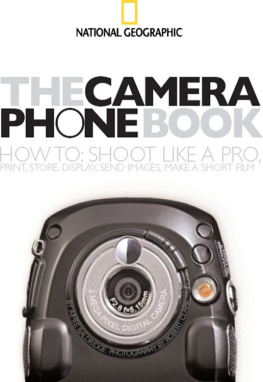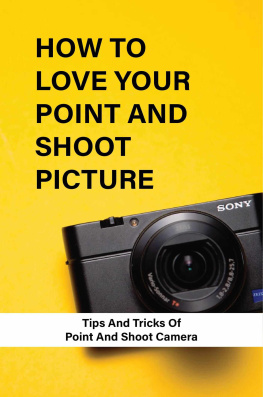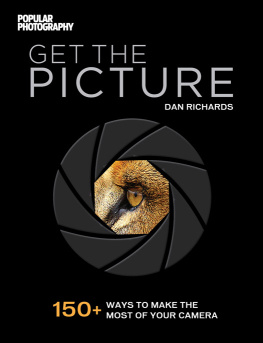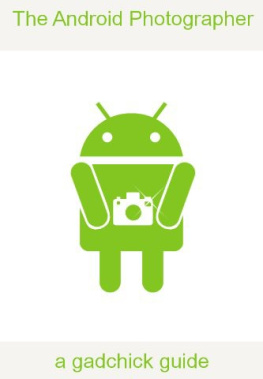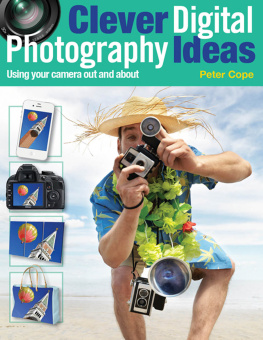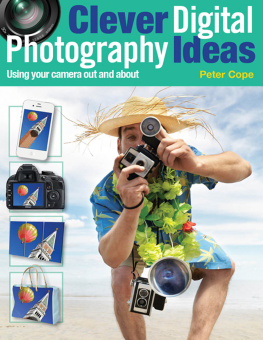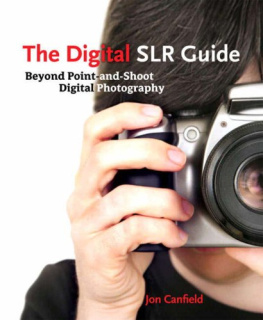Aimee Baldridge - The Camera Phone Book: How to Shoot Like a Pro, Print, Store, Display, Send Images, Make a Short Film
Here you can read online Aimee Baldridge - The Camera Phone Book: How to Shoot Like a Pro, Print, Store, Display, Send Images, Make a Short Film full text of the book (entire story) in english for free. Download pdf and epub, get meaning, cover and reviews about this ebook. year: 2007, publisher: National Geographic, genre: Home and family. Description of the work, (preface) as well as reviews are available. Best literature library LitArk.com created for fans of good reading and offers a wide selection of genres:
Romance novel
Science fiction
Adventure
Detective
Science
History
Home and family
Prose
Art
Politics
Computer
Non-fiction
Religion
Business
Children
Humor
Choose a favorite category and find really read worthwhile books. Enjoy immersion in the world of imagination, feel the emotions of the characters or learn something new for yourself, make an fascinating discovery.
- Book:The Camera Phone Book: How to Shoot Like a Pro, Print, Store, Display, Send Images, Make a Short Film
- Author:
- Publisher:National Geographic
- Genre:
- Year:2007
- Rating:5 / 5
- Favourites:Add to favourites
- Your mark:
The Camera Phone Book: How to Shoot Like a Pro, Print, Store, Display, Send Images, Make a Short Film: summary, description and annotation
We offer to read an annotation, description, summary or preface (depends on what the author of the book "The Camera Phone Book: How to Shoot Like a Pro, Print, Store, Display, Send Images, Make a Short Film" wrote himself). If you haven't found the necessary information about the book — write in the comments, we will try to find it.
Created by two top professionals, this generously illustrated nuts-and-bolts guide is the first of its kind to treat these units as genuine cameras instead of novelties, and the only one to include a full-color photo-essay demonstrating the full capabilities of the latest camera phones. In five easy-to-read chapters, the book explains how to choose good equipment; take better pictures; and store, print and send the best images. Readers will find practical tips on preventing or repairing water damage, protecting easily-scratched lenses inside pockets and purses, and retrieving accidentally-erased images. Theyll also learn to access the events, advice, and opportunities of the burgeoning camera phone community, from film festivals to news organizations, moblogs, and more.
Featuring the technical savvy of CNet.coms Aimee Baldridge and the creative skill of National Geographic photographer Robert Clark, a camera phone pioneer, this compact yet comprehensive reference combines up-to-the-minute expertise with superb examples, at an inexpensive price that makes it a perfect gift bookor an ideal impulse buy.
Aimee Baldridge: author's other books
Who wrote The Camera Phone Book: How to Shoot Like a Pro, Print, Store, Display, Send Images, Make a Short Film? Find out the surname, the name of the author of the book and a list of all author's works by series.

